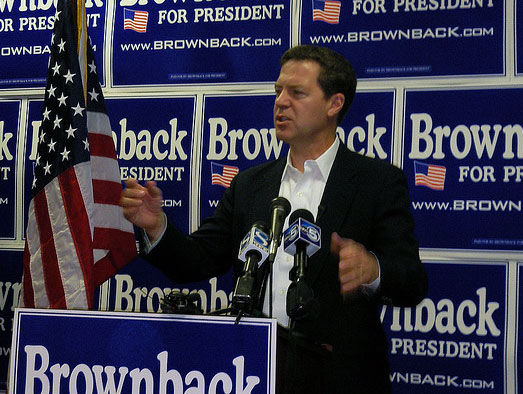
<a href="http://www.flickr.com/photos/blmurch/486046904/sizes/m/in/photostream/">blmurch</a>/Flickr
The Institute of Medicine recommended on Tuesday that health care insurers cover the cost of birth control under the new federal health care law. This was just one of the findings on preventive health care services for women from the Institute, the branch of the National Academies of Science tasked with providing research and information on medical topics. But like pretty much everything dealing with women’s health these days, this has turned into a debate about abortion.
The Department of Health and Human Services will get to make the ultimate decicion about whether insurers will be required to provide birth control free of charge, but this is a good indication that it will. The new health care law requires insurers to cover preventative health care, and the administration directed the Institute to determine what that should include. This could be a big deal, as many women regularly shell out large amounts for birth control copayments. (I’ve personally paid up to $50 a month in the past, so I’m hardly an impartial party on this particular issue.) But just like the battles over Title X family planning funds in Congress this year, this recommendation has anti-abortion groups riled up. Specifically, they’re concerned that this could lead to Plan B, or the “morning after pill,” being covered by insurers.
I caught this segement on NPR this morning, before the new guidelines were announced, with Jeanne Monahan, director of the Center for Human Dignity at the Family Research Council:
The other problem, says Monahan, is abortion. Specifically, abortion opponents argue that some emergency contraceptives — so called morning-after pills — can cause very early abortions by preventing the implantation of fertilized eggs into a woman’s uterus.
“So those 7 to 10 days before a baby can implant, Plan B can prevent implantation and thereby cause the demise of that baby. So we’d be opposed to those drugs being included because they act as abortifacients.”
Anti-abortion groups believe that this constitutes abortion, even though medical organizations like the National Institutes of Health and the American College of Obstetricians and Gynecologists have been clear that this is factually incorrect; pregnancy does not begin until a fertilized egg is implanted. Plan B is recommended for a number of reasons: in cases of rape or incest or when a condom breaks.
The abortion debate, of course, distracts from the very real reasons that access to birth control is an important issue for women. Half of all pregnancies in the US are unplanned; reproductive rights advocates believe that access to free birth control could be a significant factor in reducing that number. And many women also use birth control for medical reasons other than preventing pregnancy, like controlling hormone imbalances, reducing the severity of menstrual cramps, or dealing with acne.












